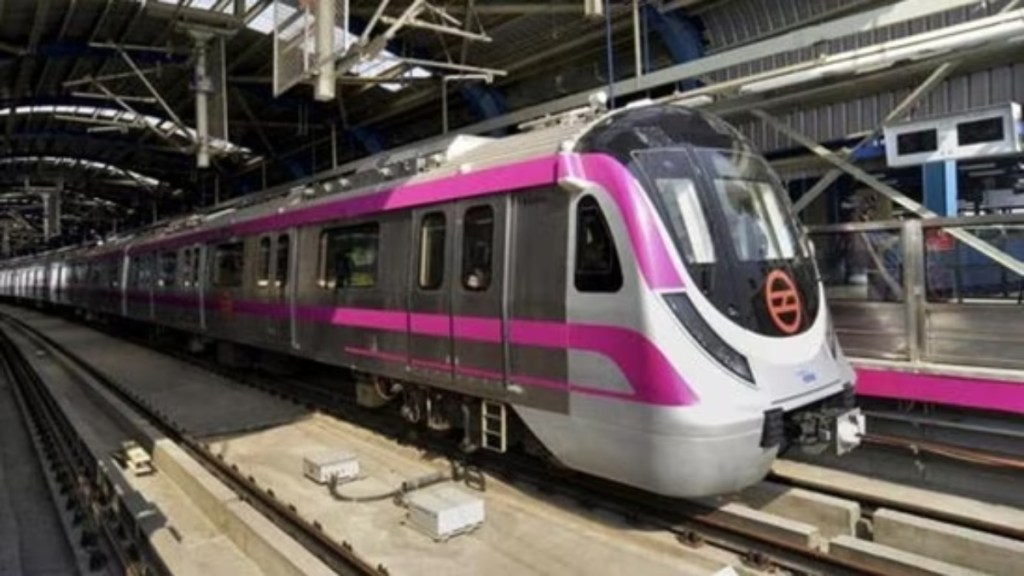Earlier this year, Delhi Metro’s Magenta Line became fully driverless, placing it among the mere 7 per cent of metro networks worldwide that can operate trains autonomously.
The benefits of having driverless metros is multifaceted, including bringing more flexibility to operations, reducing human intervention and human error. Therefore, it is safe to say that driverless technology is going to play a vital role in the future of Delhi Metro.
As of now only the Magenta and Pink lines of the Delhi Metro are running completely driverless. Talking about the future of the technology, the DMRC said that in the upcoming Phase 4 expansion of Delhi Metro, all the new metro lines will have the driverless feature.
Under Phase 4, three corridors are currently under construction and are likely to be completed by 2026. All these lines will be equipped with driverless technology, the DMRC said.
Prerequisites for metro lines to go driverless
In order for a line to become driverless certain conditions must be met. As per the DMRC, for a line to be equipped with the technology, it must be integrated with advanced signaling systems, and the rolling stock used for the line must be compatible with this technology.
“Both Magenta and Pink Lines were compliant for driverless operations due to advanced rolling stock suitable for automated operations,” DMRC said.
Delhi Metro driverless technology: Safety protocols
Driverless technology is relatively new to Delhi Metro. Similar to driverless cars, driverless metro systems must also adhere to specific safety protocols.
All the trains on the Magenta and Pink Line are operated by Unattended Train Operation (UTO) technology. The Operations Control Centre (OCC) constantly monitors these trains directly with professionals working round the clock. The entire movement of the trains is regulated and closely monitored from the OCC to ensure safety and efficiency.
The trains running driverless have state-of-the-art technology and are designed to be ‘fail-safe’. This allows them to stop automatically in case of any technical issue, ensuring the safety of passengers. Besides this, the trains utilise Communication-Based Train Control (CBTC) technology, ensuring safe operations even during high-frequency or peak hours.
Furthermore, skilled maintenance staff is stationed at both depots and stations to provide immediate assistance if any issues arise. They maintain real-time communication with the OCC to address situations swiftly. Additionally, Platform Screen Doors (PSDs) are installed to prevent any contact between passengers and the tracks.
Benefits of driverless metros
Like mentioned earlier, the driverless train offers greater operational flexibility, minimises human intervention and errors, and enhances the availability of coaches for service. By automating the pre-induction checks, it reduces the workload on train operators. Additionally, parking on the stabling line in the depot is also automated.


